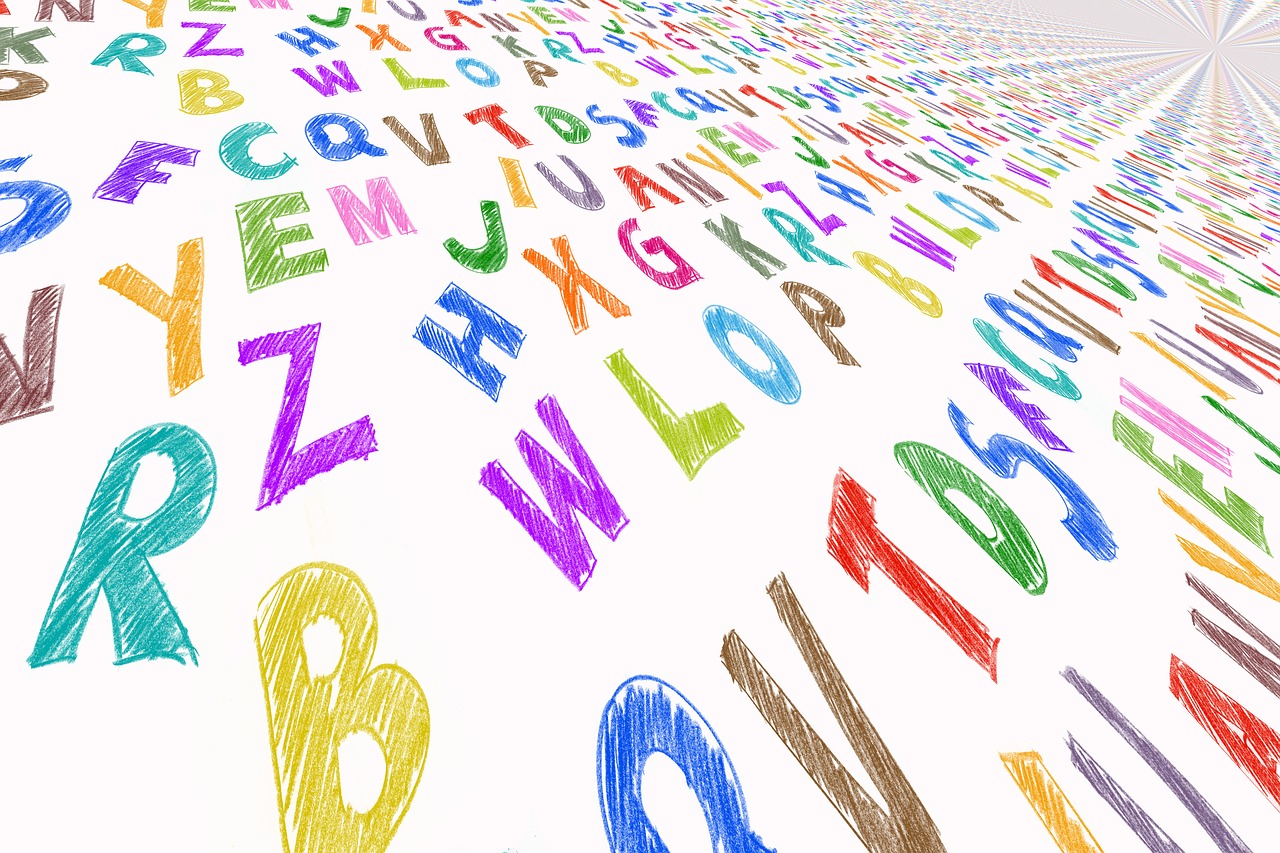Phonics and Sound Patterns

Phonics is the study of sound patterns. It is a method taught when learning to read, through linking sounds with the symbols that represent them.
This helps anyone learning the English language with the pronunciation of sounding out letters phonetically to make up a word.
According to Henry (1998) ‘teaching decoding and spelling based on word origin and structure results in improved reading and spelling.’
This method is commonly used in reception, to teach children how to read and spell.
There are certain formulas used to teach the English language by breaking down words and arranging certain letter groups together.
Decoding
Decoding is the process of teaching children to think of how a letter sounds by looking at it and repeating it aloud. This increases fluency with reading and pronunciation.
Decoding examples & Letter patterns
- Consonant, vowel, consonant words: e.g. o, a, e : d-o-g, c-a-t…
- Consonant clusters: consonants with no vowels between them e.g. st, tr, cr, sk : street, tree…
- Vowel digraphs/trigraphs: vowel sounds placed together making a single sound e.g. oa, ai, ee, oo : book, meet…
- Consonant digraphs/trigraphs: two or three letters placed together to make one sound e.g. ch, sh, th, wh : chat, shoe, that…
- R-controlled vowels: when an r is placed next to a vowel, changing the sound the vowel makes e.g. car, fur, horn…
C and K sounds:
- ‘As both letters make the same sound it can be confusing knowing which one to use. Identifying them as ‘curly c’ and ‘kicking k’ allows for easier differentiation between them both.
Blending
- Once children can identify individual letter sounds and clusters of letters, they can learn how to blend the sounds and say the entire word. This is the stage children learn to write out the words, called encoding.
Once the basic letter patterns are broken down and sounded out, decoding ensures that pronunciation and spelling are easy to teach. It is important to teach phonics and sound patterns in a broken down, simpler format, as when some letters are placed together, it changes their sound. For example, when an r is placed next to a vowel, it changes the vowel sound (like ‘fur‘ and ‘car‘). Once language patterns are simplified, words can be phonetically sounded out and fluency with reading and spelling is improved.
For additional help with English, why not book a free trial with StudyBox! Or call us on 020 7459 4110 for a chat.
